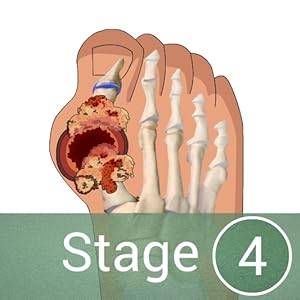
7 Signs Your Ankle Pain May Be Gout
If you’re experiencing sudden, intense ankle pain, it might not just be a sprain or overuse injury—it could be gout. Gout is a form of inflammatory arthritis that occurs when uric acid crystals accumulate in the joints, leading to swelling, redness, and severe pain. While it often affects the big toe, gout can also target the ankle joint.
Recognizing the signs of gout early can help you manage the condition effectively and prevent long-term damage. Here are seven signs that your ankle pain may be due to gout:
1. Sudden and Intense Pain
Gout attacks often come on suddenly, with intense pain that can reach its peak within hours. The pain is typically sharp and throbbing, making it difficult to bear weight on the affected ankle.
2. Redness and Swelling
The affected ankle may appear red and swollen, with the skin feeling warm to the touch. This inflammation is a response to the uric acid crystals deposited in the joint.
3. Tenderness to Touch
Even light pressure, such as the weight of a bedsheet, can cause significant discomfort. This heightened sensitivity is a hallmark of a gout flare-up.
4. Limited Range of Motion
As the joint becomes inflamed, you may notice a reduced ability to move your ankle. This stiffness can make walking or performing daily activities challenging.
5. Warmth Around the Joint
The area around the affected ankle may feel unusually warm, indicating active inflammation. This warmth is due to increased blood flow as your body attempts to combat the uric acid crystals.
6. Lingering Discomfort After Acute Pain Subsides
Even after the severe pain of a gout attack diminishes, you might experience lingering discomfort or tenderness in the ankle joint. This residual pain can last for days or weeks.
7. Recurring Episodes
Gout is characterized by recurring attacks. If you’ve had one episode, you’re at higher risk for future flare-ups, especially if underlying factors like high uric acid levels are not addressed.
Conclusion
Ankle pain can be more than just a minor injury—it could be a sign of gout. Recognizing the symptoms early and seeking medical advice can lead to effective management and a better quality of life. If you experience sudden, severe ankle pain, don’t hesitate to consult a healthcare provider to determine the cause and appropriate treatment.





Leave a Reply